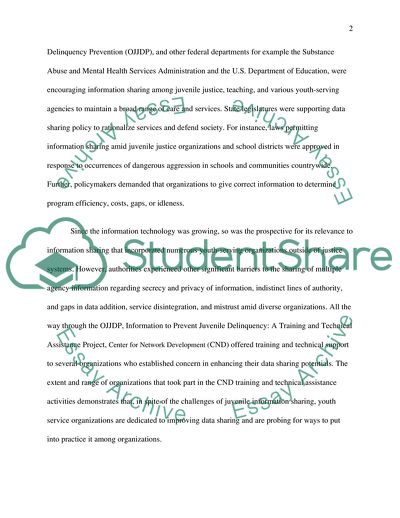Cite this document
(Security Options Assignment Example | Topics and Well Written Essays - 2000 words, n.d.)
Security Options Assignment Example | Topics and Well Written Essays - 2000 words. https://studentshare.org/sociology/1726980-security-options
Security Options Assignment Example | Topics and Well Written Essays - 2000 words. https://studentshare.org/sociology/1726980-security-options
(Security Options Assignment Example | Topics and Well Written Essays - 2000 Words)
Security Options Assignment Example | Topics and Well Written Essays - 2000 Words. https://studentshare.org/sociology/1726980-security-options.
Security Options Assignment Example | Topics and Well Written Essays - 2000 Words. https://studentshare.org/sociology/1726980-security-options.
“Security Options Assignment Example | Topics and Well Written Essays - 2000 Words”. https://studentshare.org/sociology/1726980-security-options.


